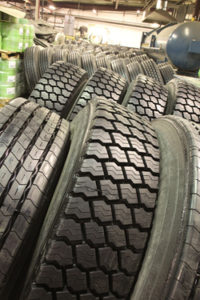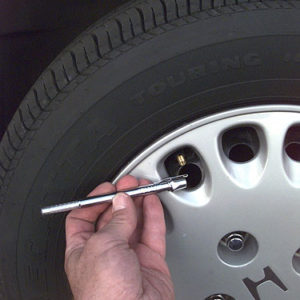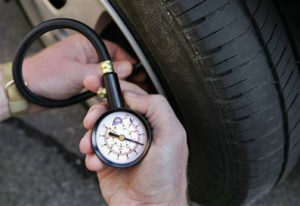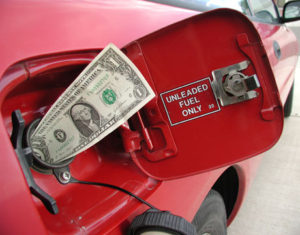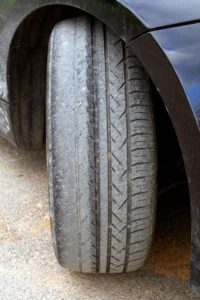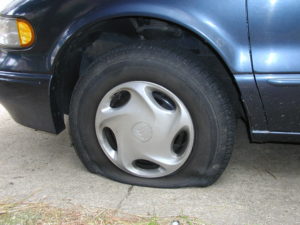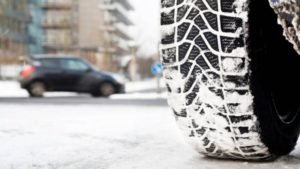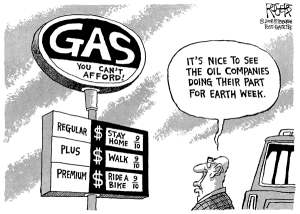 Are you planning on taking that long drive to your parents’ (or grandparents’) house for the Christmas holidays? Or that trip south to warm temperatures with the family? Or that trip to that ski resort with your friends!
Are you planning on taking that long drive to your parents’ (or grandparents’) house for the Christmas holidays? Or that trip south to warm temperatures with the family? Or that trip to that ski resort with your friends!
You may have had all the reservations ready. The packing is done. The family is just waiting for that day to arrive. Many people assume that since the car is working fine, that it does not need to be checked over. Make sure the oil is changed, tire pressure checked and all of the other fluids looked at. A quick walk around the car to check all of the lights are working properly is a good idea. Confirm that the spare tire actually has air in it would be a great idea.
Car Checklist for Your Trip
Here is a complete list of tips about what you should look at when it comes to your car being ready for your holiday trip:
- Tire tread is sufficient for the conditions you will be encountering
- Tire pressure is set at optimum
- Tires are balanced
- check all fluid levels
- check oil level
- verify power steering level
- check brake fluid level
- check antifreeze level
- confirm windshield washer fluid level
Tips For Safe Driving These Holidays
Many organizations and groups who do advocate for better and safer driving despite winter road conditions are reminding the thousands and even millions of drivers in the nation to actually make sure that their vehicles are ready to take that trek. After all, the sudden drop in temperature could really do change the condition of your vehicle without you even noticing it. And yes, your vehicle could act up in the middle of your trip without even knowing that you are going to have problems.
Taking Trips with your Car
According to one expert in the auto field, the American Automobile Association (or the AAA), they do estimate that there are more than thirty-eight million Americans who will be taking that holiday trip. They would approximately take around fifty or more miles from their home. And most of these travelers would be taking their vehicles on their trips. These may seem like relatively short trips, however this is just the time when something can go awry and giving your car a quick check before you leave can save you a lot of difficulty.
To make sure that you are safe and sound and would arrive at your destination still in one piece, one thing that you should check is your tires. Make sure that they are just right for the winter travel. There are different types of tires and these have been made not just to catch your attention but for safety and for various types of weather and road conditions. If snow will be involved make sure your tires are up to the snow conditions.
Before you take your vehicle for that trip to your holiday destination, check the air pressures of the tires. Make sure that they are not over inflated and also not under inflated. If you drive a vehicle with such tires, chances are that they might not work out just right and could also lead to a blown tire. Plus, your expenses on gas could also go to escalating heights.
